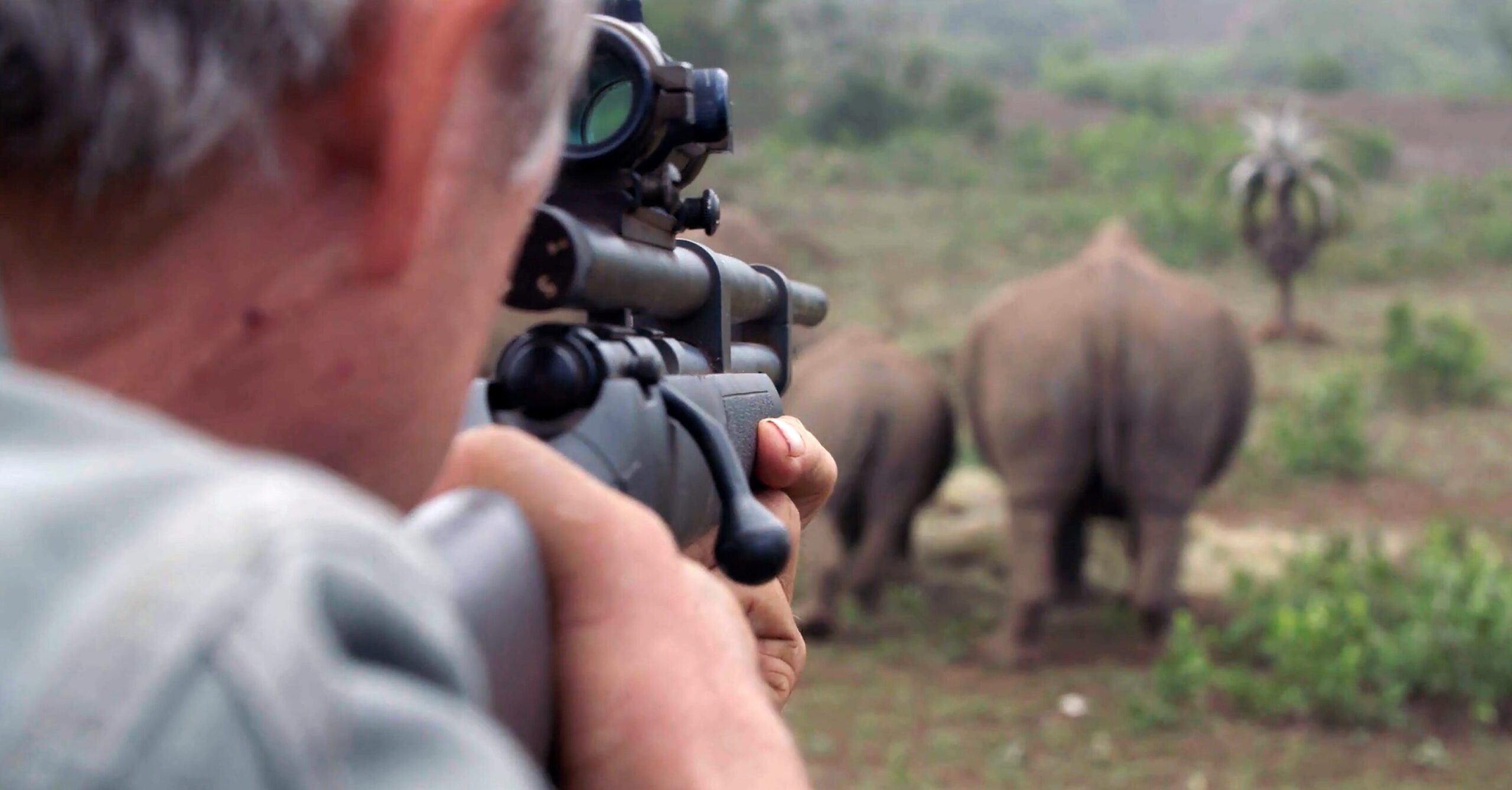
At industry events and conferences, one of the most common questions we receive is, “Is that a tranquilizer gun?” It’s a fair question, but the uses and purposes of Remote Delivery Systems (RDS) go far beyond tranquilization. So, what exactly are these systems used for, and what industries do they serve?
Remote Delivery Systems, developed by Pneu-Dart in 1967, were originally designed with white-tailed deer in mind. Over the years, however, their applications have expanded widely. Today, Pneu-Dart’s RDS technology is used in numerous sectors, each with its own unique needs and benefits. Let’s walk through some of these applications and uncover how RDS technology is making a difference in ways you may not have imagined.
Wildlife Conservation, Research, and Animal Control
Remote Delivery Systems are widely used in wildlife conservation, research, and animal control, where the primary purpose is to administer sedatives safely and effectively. Conservationists and wildlife researchers rely on RDS technology to capture, tag, treat, or relocate animals without causing undue stress. For instance, RDS can facilitate relocating an animal from an urban area back to its natural habitat, allowing it to return to a safe and suitable environment.
Wild horse conservation efforts provide an impressive example of RDS application. With the help of Pneu-Dart’s technology, wildlife managers can administer immunocontraception remotely to control wild horse populations. This approach helps reduce the need to capture and relocate horses, allowing them to remain in their natural habitat while managing herd size effectively and safely.
RDS is also essential for animal control situations where traditional capture methods may be impractical or unsafe. When a frightened or injured animal requires shelter or treatment, RDS offers a humane solution.
Efficient and Low-Stress Animal Care
In the livestock industry, Remote Delivery Systems play a critical role, particularly in beef cattle management. Treating a single animal showing early signs of illness can be challenging, as cattle typically must be moved to a chute, which is both time-consuming and stressful for the herd and producers alike. Any cattle producer knows the effort involved in moving an entire herd, only to single out the one animal in need of treatment.
Using RDS technology, producers can administer treatments—such as those for early-stage pink eye or foot rot—directly to the individual infected animal. This approach minimizes stress on the animals, allows for quick, targeted intervention, and helps prevent disease spread. By using a half-inch needle for subcutaneous injections and aiming for the O-Zone® (forward of the shoulder and below the head), producers can treat cattle effectively with minimal handling, thereby maintaining herd health.
Supporting a Wide Range of Industries
Remote Delivery Systems are valuable tools across diverse settings. From relocating rhinos and elephants in Africa to managing health in cow-calf operations, RDS technology supports wildlife conservation, livestock health, and safe handling of exotic and farmed animals. With over 50 years of experience, Pneu-Dart has refined RDS to meet the needs of many agricultural and conservation partners who rely on these systems for effective, humane animal management.
To support this wide range of users, Pneu-Dart offers an extensive education program, available for free on our website, covering best practices and techniques in remote delivery. We are proud to work alongside our industry partners and help ensure animal care is conducted safely, efficiently, and compassionately.


